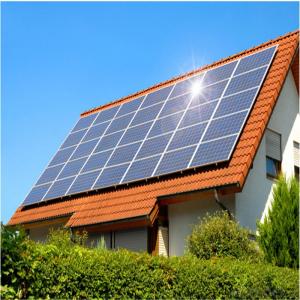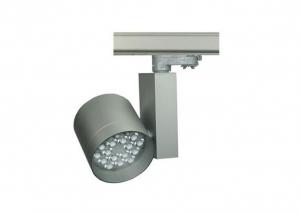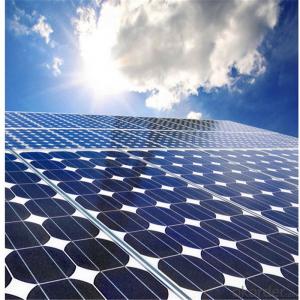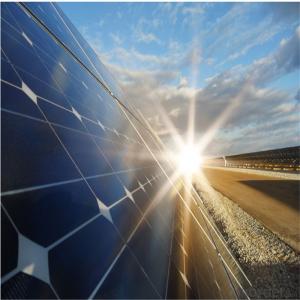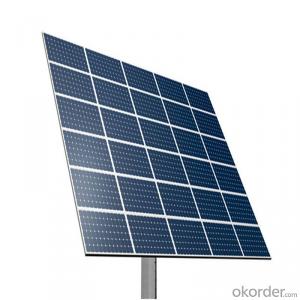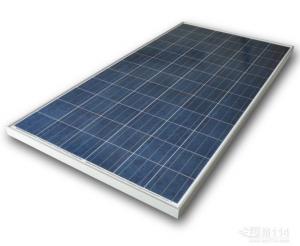8000 Watt Solar Inverter
8000 Watt Solar Inverter Related Searches
Best Solar Inverter For Home Home Power Inverter For Solar Best Inverter For Solar Pv Best Inverter For Solar Mini Solar Inverter For Home Solar Panel Inverter For Rv Inverter For 5kw Solar System Inverter For Solar Power Plant Inverter For Home Solar Solar Power Inverter For RvHot Searches
10 Kw Solar Inverter Price 10 Kva Solar Inverter Price 200 Watt Solar Inverter Price Solar Inverter Price Per Watt 500 Watt Solar Inverter Price Solar Inverter 500 Watt Price 1000 Watt Solar Inverter Price Solar Inverter 1000 Watt Price 800 Watt Solar Inverter Price 5000 Watt Solar Inverter Price 1600 Watt Solar Inverter Price Solar Inverter Best Company Solar Inverter Cover Stratco Solar Inverter Research Paper Solar Inverter Fire Risk Top Solar Inverter Companies Solar Edge Inverter Sizes Solar Inverter User Manual Tesla Solar Inverter Manual Solar Inverter Buy Online8000 Watt Solar Inverter Supplier & Manufacturer from China
Okorder.com is a professional 8000 Watt Solar Inverter supplier & manufacturer, offers integrated one-stop services including real-time quoting and online cargo tracking. We are funded by CNBM Group, a Fortune 500 enterprise and the largest 8000 Watt Solar Inverter firm in China.Hot Products
FAQ
- A grid-tied solar inverter functions by converting the direct current (DC) generated by solar panels into alternating current (AC) that can be used to power appliances and feed back into the electrical grid. It synchronizes the AC power output with the grid's frequency and voltage, allowing excess electricity produced by the solar panels to be sent back to the grid, earning credits or reducing the homeowner's energy bill. It also ensures the system's safety by monitoring grid conditions and automatically shutting down during power outages.
- A solar inverter protects against short circuits by monitoring the electrical current flow and detecting any abnormal increase in current caused by a short circuit. Once a short circuit is detected, the inverter immediately shuts down the power output to prevent any damage to the solar panels, the inverter itself, or the electrical system.
- Yes, a solar inverter can be used with a solar-powered water pump. A solar inverter converts the direct current (DC) generated by solar panels into alternating current (AC) that can be used to power various electrical devices, including water pumps. This allows the solar panels to directly power the water pump, making it an efficient and sustainable solution for water pumping applications.
- Yes, a solar inverter can be used with a solar tracker system. The solar inverter is responsible for converting the direct current (DC) generated by the solar panels into alternating current (AC) that can be used to power electrical devices. The solar tracker system, on the other hand, adjusts the position of the solar panels to maximize sunlight exposure throughout the day. Both systems work together to optimize the efficiency and output of the solar power system.
- Yes, a special inverter is required for a battery storage system. Unlike traditional solar inverters that convert DC power from solar panels into AC power for immediate use or for feeding back into the grid, a battery storage system inverter is designed to manage the charging and discharging of the batteries. It ensures that the stored energy is used efficiently and safely, and allows for backup power during grid outages.
- Yes, a solar inverter can generally be used with different solar panel types as long as the electrical specifications of the panels are compatible with the inverter. However, it is important to ensure that the voltage, current, and power ratings of the panels are within the acceptable range for the specific inverter model to ensure optimal performance and safety.
- The maximum input voltage that a solar inverter can handle varies depending on the specific model and manufacturer. However, in general, most solar inverters can handle input voltages in the range of 150 to 600 volts DC.
- The lifespan of capacitors in a solar inverter can vary depending on several factors such as the quality of the capacitors, the operating conditions, and the overall design of the inverter. However, on average, high-quality capacitors in a well-designed solar inverter can have a lifespan of around 10 to 15 years. Regular maintenance and proper usage can help extend the lifespan of the capacitors in a solar inverter.






















